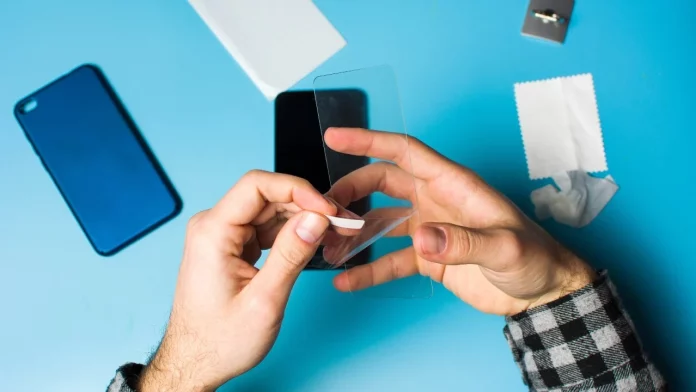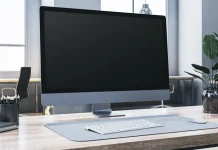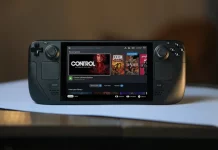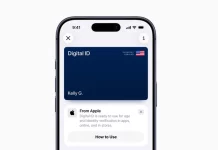Flagship smartphones ship with stunning, almost art-like displays. So, the big question is: should you really cover them up with a screen protector? Let’s break it down and see whether you actually need one—and which type might suit you best among PET, TPU, tempered glass, and nano-liquid options.
Why You Might Still Need a Screen Protector
A big scratch on your phone isn’t just annoying—it feels like an itch you can’t scratch. It also kills your device’s resale value when it’s time to upgrade. Modern glass is tougher than ever, but not invincible. Corning’s Gorilla Glass can shrug off keys and coins, and Apple’s Ceramic Shield improves on that durability. Still, it’s far from scratch-proof.
Look closely at most used phones, and you’ll find small scratches from particles tougher than you think—like quartz or sand, which rank around 7 to 8 on the Mohs hardness scale. Gorilla Glass usually falls between a 6 and 7, meaning sand, dirt, and other tough minerals can leave permanent marks.
If you want to keep your screen truly pristine, a screen protector is a smart insurance policy. When it gets scratched, you can simply replace it—keeping your actual phone looking brand new. But which type should you buy?
PET (Polyethylene Terephthalate)
PET protectors are made from the same type of plastic used in water bottles and food containers. They’re ultra-thin, inexpensive, and nearly invisible once applied. The downside? They offer the least impact and scratch protection and don’t curve around edges, which limits compatibility with modern curved displays.
If you’re careful with your phone and want something minimalist, PET is a fine choice. Brands like Tech Armor make reliable PET protectors.
TPU (Thermoplastic Polyurethane)
Flexible and forgiving, TPU protectors can wrap from edge to edge—even on curved screens. They’re a bit tricky to install and have a slight rubbery texture that can make your screen feel less smooth. The “orange peel” glare is another common complaint.
However, TPU does offer two big benefits: better impact absorption than PET and a self-healing surface that smooths out minor scratches on its own. If you like the idea of long-lasting coverage, check out affordable brands like IQ Shield or premium options like Zagg’s InvisibleShield, which also includes a generous replacement warranty.
Tempered Glass
Tempered glass protectors are the heavy hitters of the group. They’re thicker, harder, and more resistant to both scratches and drops. They feel almost identical to your phone’s real screen—smooth, solid, and responsive.
Glass protectors from amFilm, Maxboost, or Zagg are widely available and surprisingly affordable. Many now include privacy filters or anti-glare finishes. The only trade-off is visibility: these protectors sit slightly raised, which may bother users who prefer a seamless, edge-to-edge look.
Nano Liquid
Liquid protectors sound futuristic—wipe on a liquid, let it cure, and you’re “protected.” In reality, the layer is so microscopically thin that it offers minimal real-world protection. You can’t see it, you can’t peel it off, and you don’t know when it wears out.
While it might help reduce small abrasions, it won’t defend against real scratches or drops. In most cases, you’re better off skipping it entirely.
Which Is the Best Option?
Ignore exaggerated marketing like “9H hardness.” That rating uses the pencil hardness scale, which doesn’t tell you much. The Mohs scale (used by geologists) gives a real measure of resistance, and most tempered glass options rank slightly higher than smartphone screens themselves.
For most people, tempered glass is the best all-around choice—it’s affordable, feels like the real thing, and offers great scratch and impact protection. PET and TPU are good for those who prefer something thinner or nearly invisible, while nano liquids are a gimmick best avoided.
For Drop Protection, You Still Need a Case
Even the strongest screen protector covers only one part of your phone. If you’re worried about drops, a case is essential. A good one with raised edges protects both the corners and the display from direct impact.
The OtterBox Symmetry Series is a solid pick, but there are plenty of sleek, stylish options for the latest flagships like the iPhone 17 and Galaxy S25. Combine a quality case with a reliable screen protector, and you’ll keep that beautiful screen safe for years.





